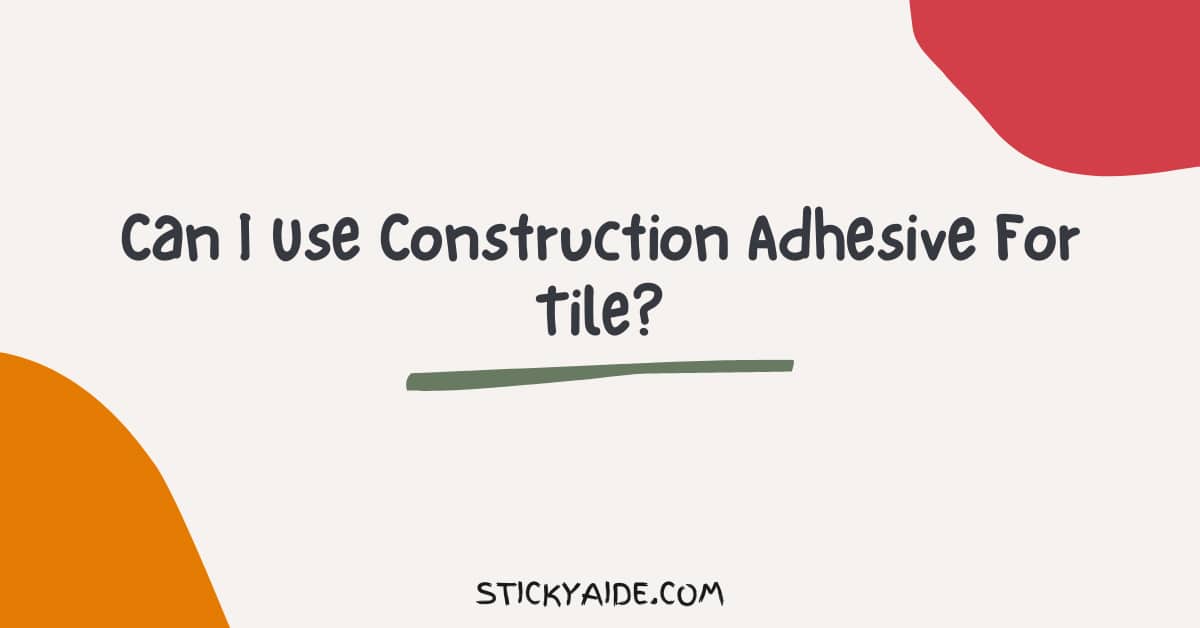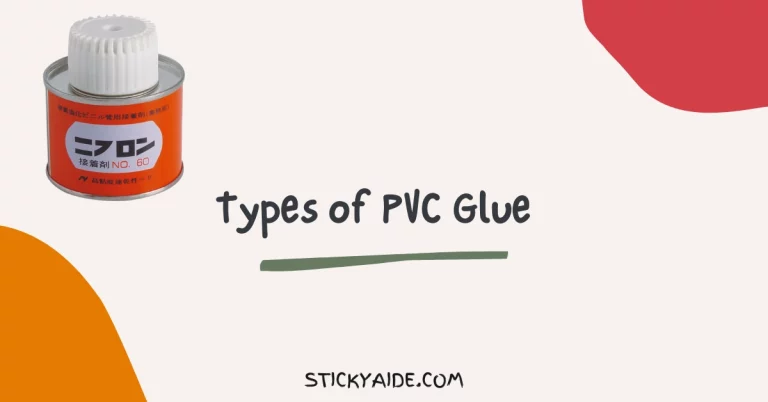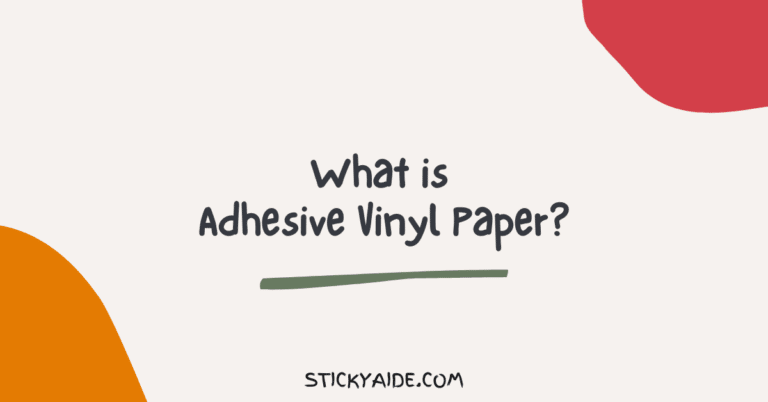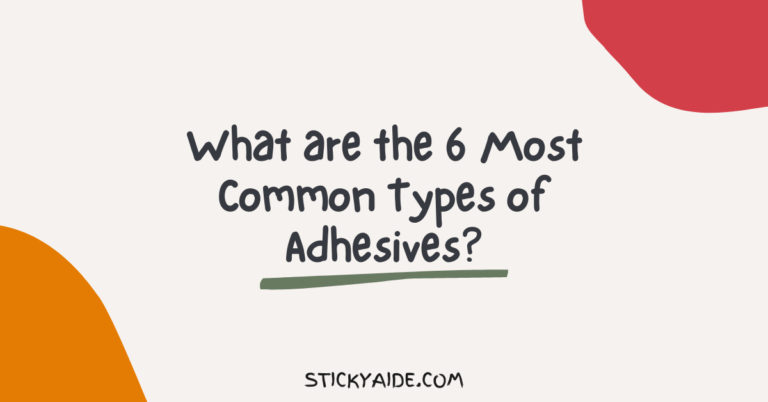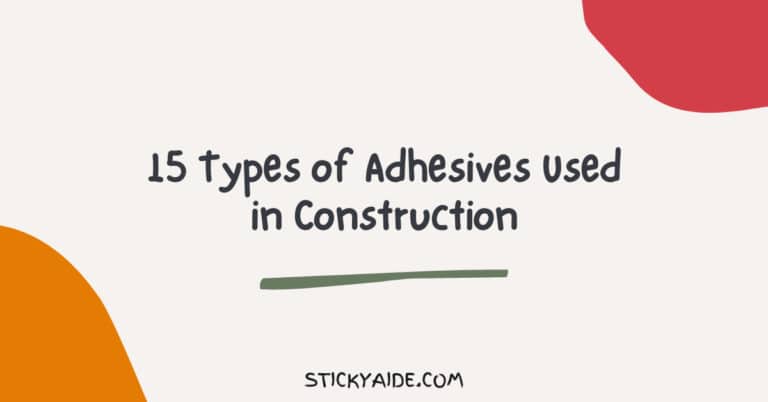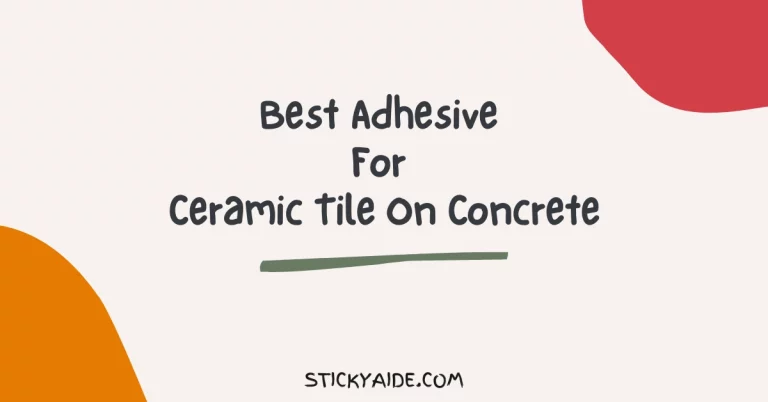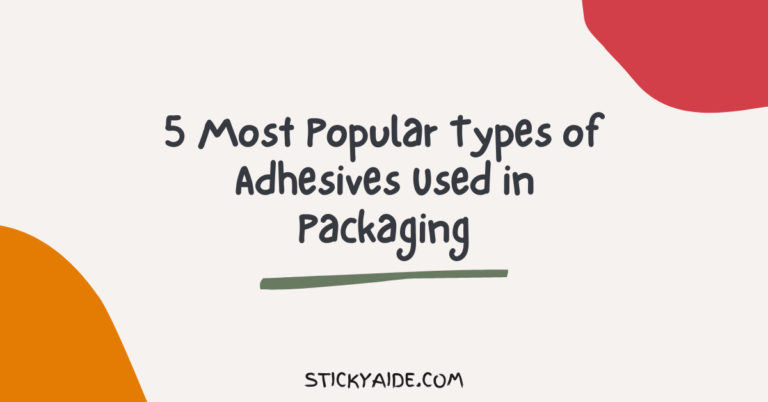If you’re asking yourself, Can I use construction adhesive to tile? The answer may be yes! But before you get too excited, there are a few factors that you need to consider to determine whether this type of adhesive will work for your home improvement project. Here’s everything you need to know about construction adhesive application and removal.
Can I Use Construction Adhesive For Tile?
The simple answer is yes. You can use construction adhesive on tile if you choose the right kind correctly. Regular construction adhesive or white glue (generic brands work best) can be used for a one-time application.
Construction adhesive has more resiliency and strength than regular glue does. This makes it a good choice for larger jobs like walls and floors.
Read More: Can Joint Compound Be Used As Tile Adhesive?
What is Tile Adhesive?
Tile adhesive is used to secure tiles in place after they have been laid on the ground. A flexible tile adhesive will provide a more secure bond between the tiles and the ground and make for an easier installation process. You should always use a product designed specifically for tiling when installing any flooring.
What is Construction Adhesive?
The constructive adhesive is a polyvinyl acetate emulsion, a kind of glue. The term adhesive refers to its ability to create bonds between materials. As for the construction part of the name, this relates to the strong and water-resistant qualities of construction adhesive that make it great for use on concrete, brick, and wood surfaces and tiles.
Things to Know Before Applying Construction Adhesive As Tile Adhesive
Check your glue’s label. Some construction adhesives are suitable for tiling, while others are not. Ask the manufacturer if you’re unsure. Wait for the glue to dry before proceeding with grouting. Please read up on installing a tile floor and grout before attempting this project yourself.
You’ll also need to research waterproofing tiles so that water doesn’t seep through the grout lines. If you don’t want your tiles permanently fixed, choose an adhesive that is reversible or comes with a release agent.
Application is best made using a roller rather than a brush. Work one row at a time, starting from the top of the wall and working down, placing new tiles next to existing ones but offsetting them by half their width (this will help prevent seams).
Spread the adhesive liberally onto the area where you plan to lay each tile, then use a wide trowel to spread it evenly across both surfaces.
Press each tile firmly, working from left to right, then moving back and forth until all the gaps are filled. Keep going until your entire wall is covered; make sure not to leave any gaps.
Pay special attention to corners and edges, which can be hard to reach once the adhesive starts drying. Let the glue dry for about 10 minutes before removing the grout or wiping away excess cement.
To seal everything off, apply a thin layer of silicone caulking around the room’s perimeter. If there’s enough leftover adhesive material, store it in an airtight container and use it again another day.
Read More: Tile Adhesive vs. Thinset Mortar
Extra Tips
1. Construction adhesive is not a fast-setting product, so make sure you have plenty of time to work with it before setting the tile.
2. Mix about one part adhesive with two parts water (or less) to create a more fluid mixture that can be easily spread and leveled in the joints of the tiles, then let dry overnight.
3. When applying construction adhesive for tile, don’t use too much, or it will ooze out between the tiles when you set them.
4. Be sure to completely cover all surfaces of the wall or floor using the adhesive and allow enough drying time before installing your tile or grout; construction adhesive should always be allowed at least 24 hours to cure before any additional applications are made.
5. A word of caution – if you’re applying a clear sealant over an adhesive layer, ensure both products have adequate time to dry fully before sealing.
6. Allow proper curing times for the project materials and adhesives used in those projects.
7. If you’re unsure about what type of adhesive to use, consult a professional and ask which type would best suit your project needs.
Read More: Can You Use Grout as Tile Adhesive?
Last Opinion
Adhesives for tile come in many different varieties, each with its strengths and weaknesses. Construction adhesive is a good choice if you want the adhesive to be waterproof and the tile doesn’t need to move (meaning it won’t be subjected to high amounts of force).
Even so, we recommend using a construction adhesive tested with ceramic tile. You’ll also need to use a primer before applying the construction adhesive. If you don’t use primer, the paint will peel off after only a few years.
Applying more than one coat of primer will provide an even stronger bond between the paint and the tile surface. Make sure you do not apply too much primer, or your surface may become too sticky.
Don’t forget to wear gloves when working with construction adhesive. Keep all chemicals away from children and pets. Avoid getting any glue on clothing, furniture, carpets, or other surfaces that cannot withstand contact with water or chemicals.
Always follow the manufacturer’s instructions precisely. If you’re unsure about what type of adhesive to use, ask a pro at your local hardware store! They can help determine which products work best for your specific project.

